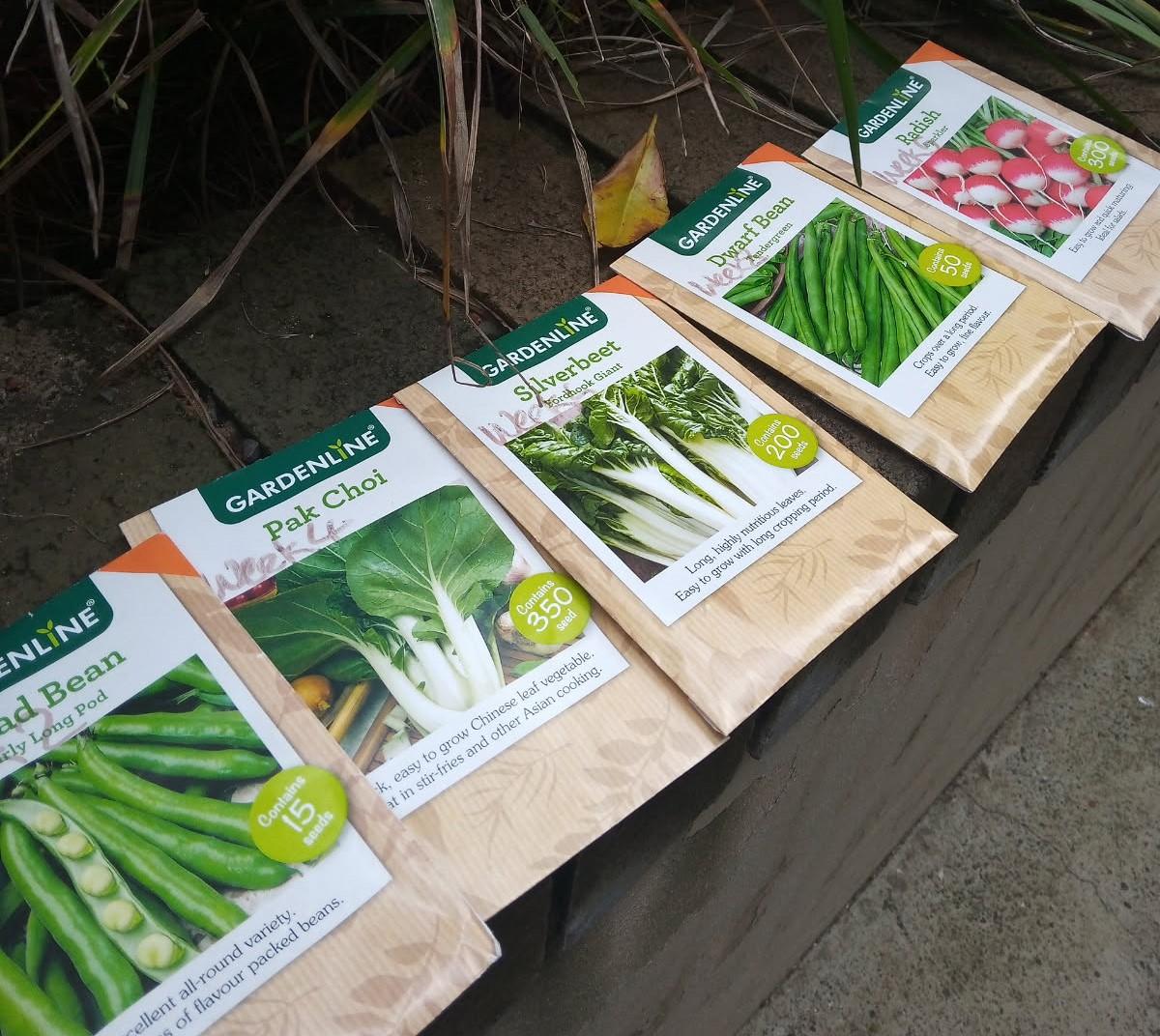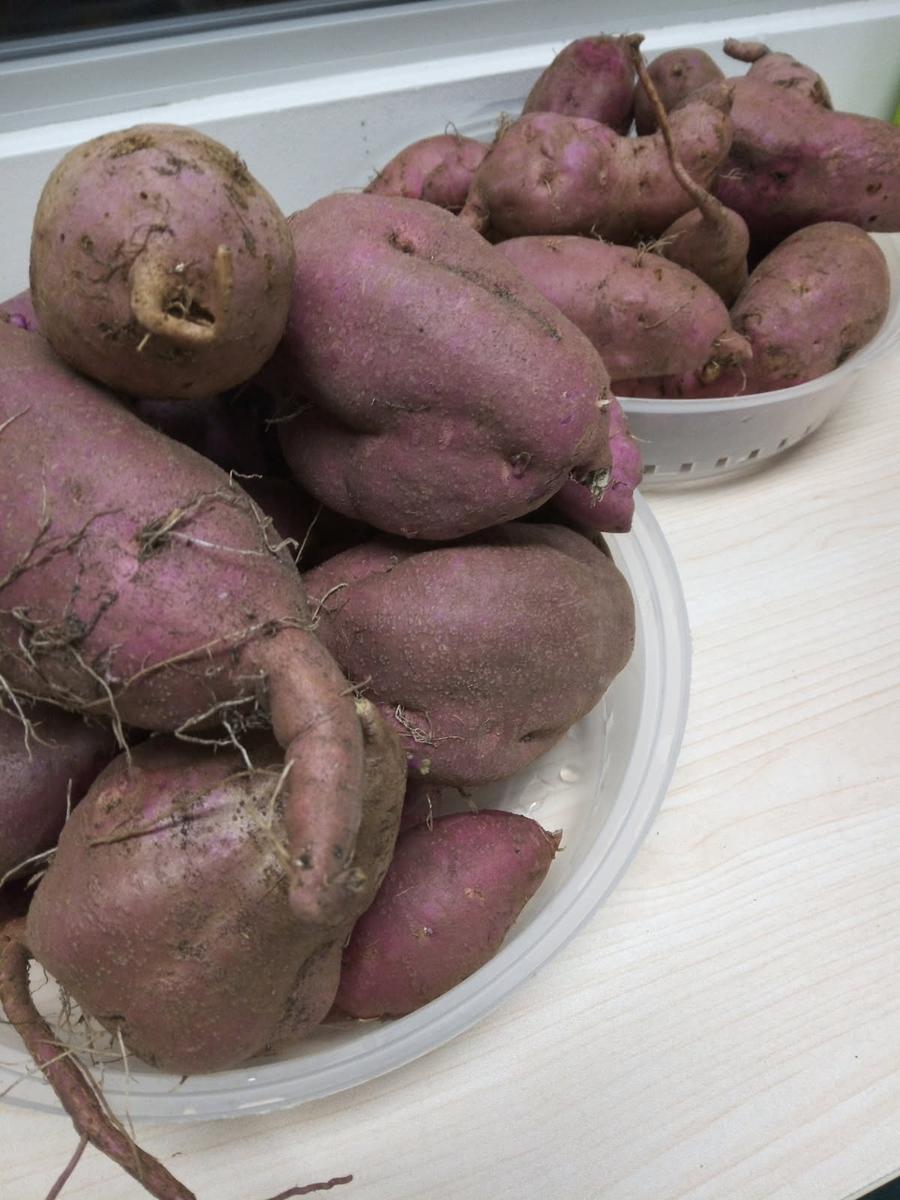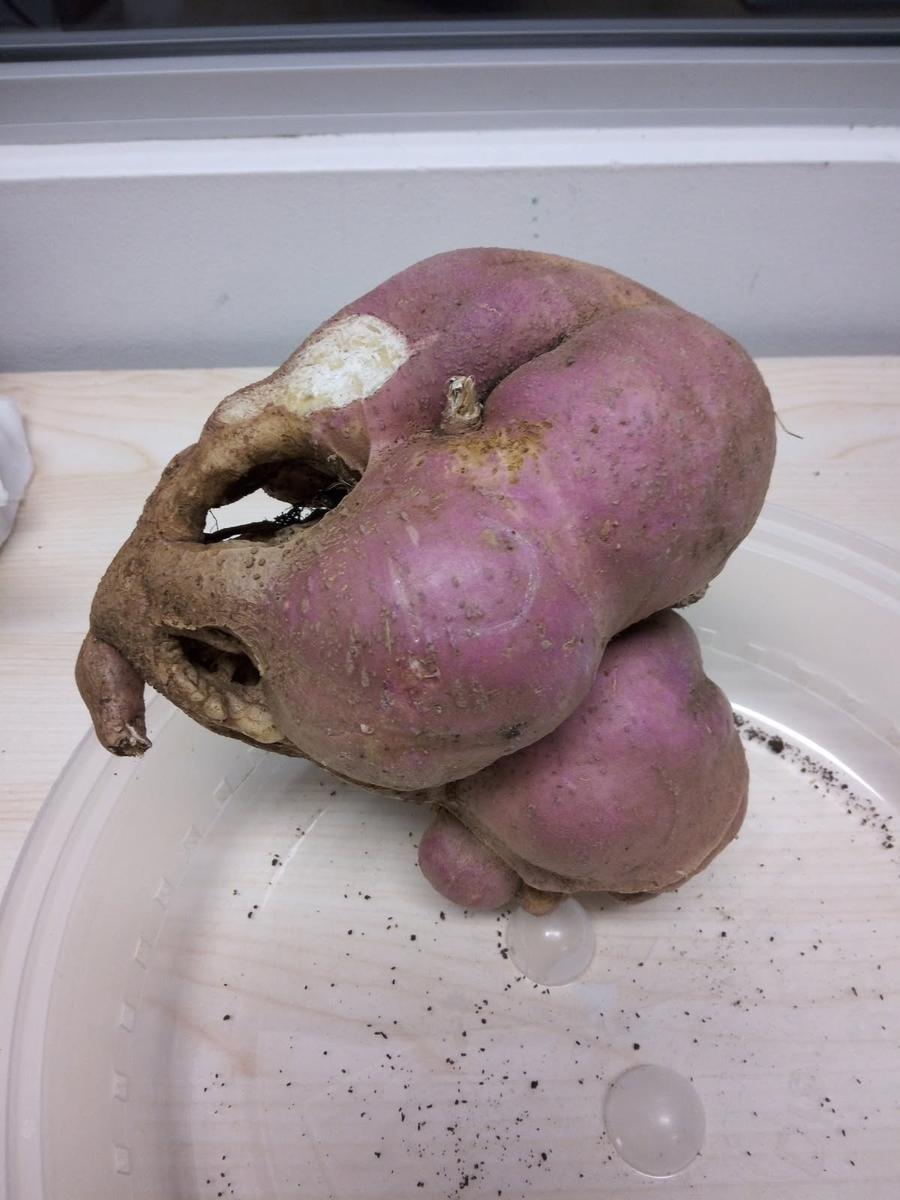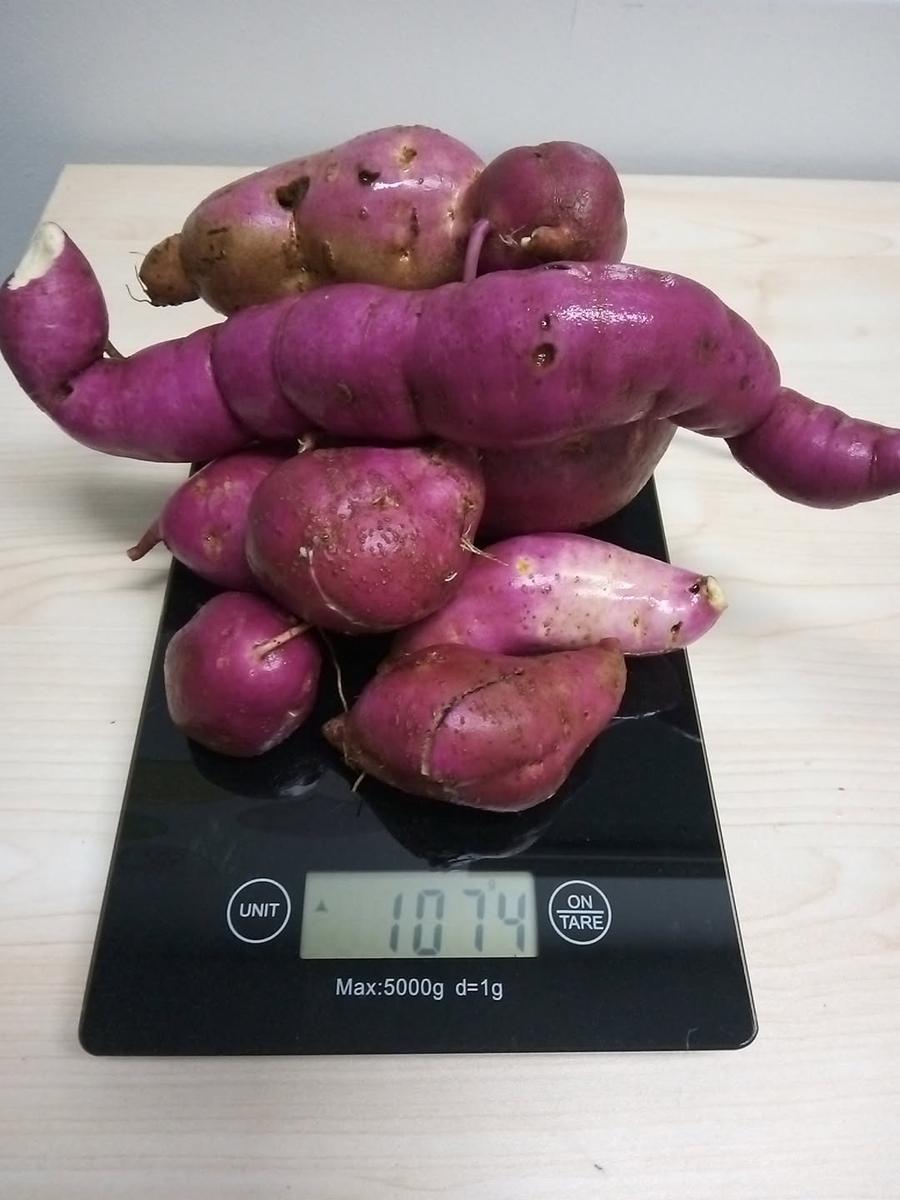Garden Club
Mr Jorgen Choong

Garden Club
Mr Jorgen Choong
Have you ever wondered which crop to grow according to the seasons? You won’t have to. Starting each fortnight, I will be giving seeds to grow during the colder months of the year. If you happen to see me (Mr Choong) in the playground, ask for the “seed of the week”. All these seeds require full sunlight and well-drained soil.
To achieve optimal growth, seedling should face North from maximum sun exposure and daily watering. Having well drained soil is vital since all these crops don’t like being wet constantly.
Week 2 Broad Beans one seed per student.
Week 4 Pak Choi (a kind of spinach from Southeast Asia) two seeds per student.
Week 6 Silver Beet (a kind of European spinach) two seed per student.
Week 8 Dwarf Beans two seeds per student.
Week 10 Radish three seeds per student.
Students can get more seeds the following day until the seeds run out. Seeds are limited, act fast, so you don’t miss out.


We finally harvested the Sweet Potato. After experiencing so much rain last week, we decided to harvest the sweet potato because there were no chores to do. The constant rain had watered the crops and the ground was too wet to sweep.
We have dug up 2/3 of the sweet potato garden bed and over the last four days we managed to harvest 7.19kg. And as usual there was an unusually shaped sweet potato, which has been called “Space Jockey” from the Aliens movie franchise.
When we finish harvesting this garden bed, the garden bed will be rested and revitalised. Another crop will be grown instead of sweet potato. The idea is not new, it’s called crop rotation. It’s meant to prevent diseases from establishing, in this instance any potato related disease.






We have discovered a rainwater tank, which we will be using to water the Hidden Garden, Mrs Gastin Garden and the Mary Statue Garden. This has been a wonderful discovery since the rainwater is free. The two garden beds will still use the water from the bubblers because it is more practical. The advantage to using rainwater lets minerals become more soluble and ready for absorption by crops.